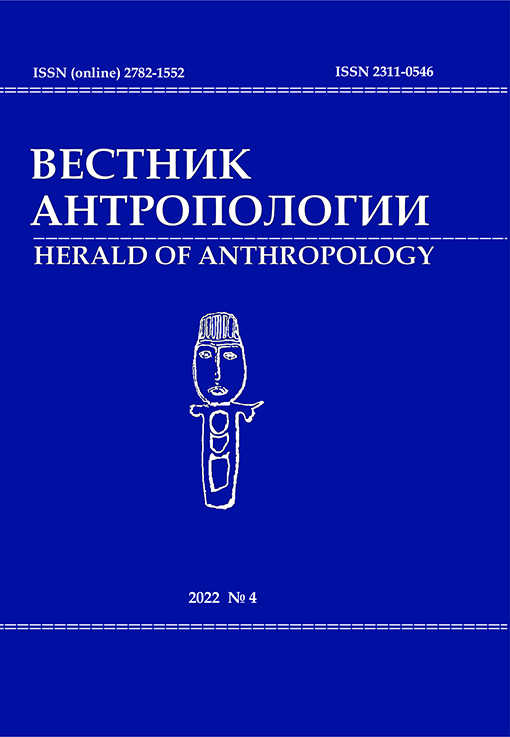From Headscarf to Hijab: Headdresses of Muslim Albanian Women in the 20th — Early 21st century
DOI: 10.33876/2311-0546/2022-4/101-122
Keywords:
headdress, Albanians, Western Balkans, tradition, religious activism, costume complexAbstract
The paper analyzes the transformation of headscarves among Balkan Muslim women on the example of Albania, Kosovo, North Macedonia and the south of Montenegro. For many centuries, the headdress has been an indispensable element of the traditional costume of all the peoples in South-Eastern Europe without exception. The spread of Islam, caused by the Ottoman conquest of large areas in the region, contributed to the expansion of oriental fashion, including women’s head- and bodydresses: ferexhe, çarçaf, etc. The stormy twentieth century brought significant changes to the attitude of the Balkans to religion, traditions, stereotypes, moral and other foundations of society: in Albania, which built socialism “relying on its own strength”, these transformations were especially obvious. In recent years, after the democratic transformations in Albania and the disintegration of the former Yugoslavia in the early 1990s, there has been a “revival” of many religious practices and a revitalization of the rules for wearing a complex of conditionally “traditional” costume by followers of Islam. In the streets of the Balkan cities and villages, women in hijab are becoming more and more common, which causes ambiguous social reaction. Many tend to see this as a threat of religious radicalization in the countries of the Western Balkans. Others consider the spread of Muslim fashion as a manifestation of tolerance and multiculturalism in the Balkan society. The analysis proposed by the author is an attempt to decipher the complex cultural code that originated in the local archaic and adopted the traditions and attitudes of various ethnic and religious communities.





















